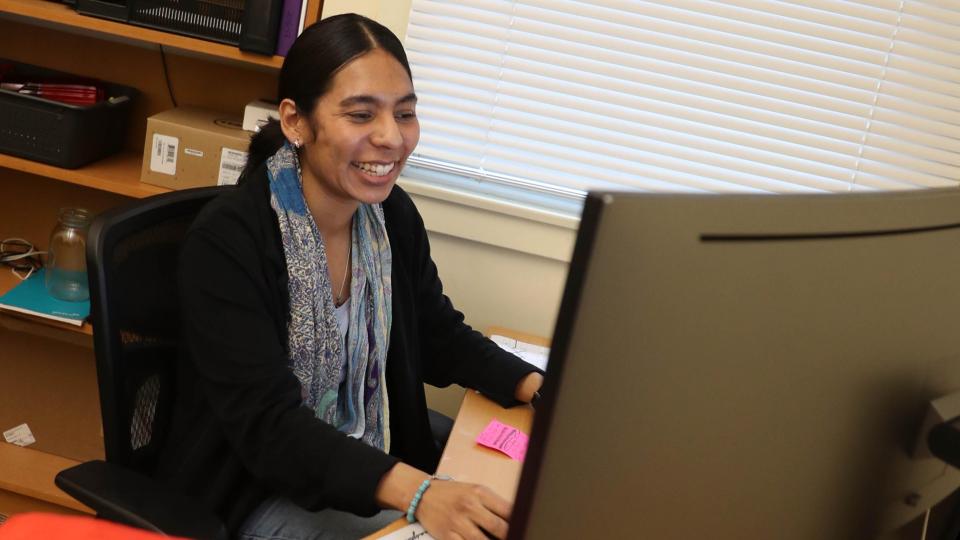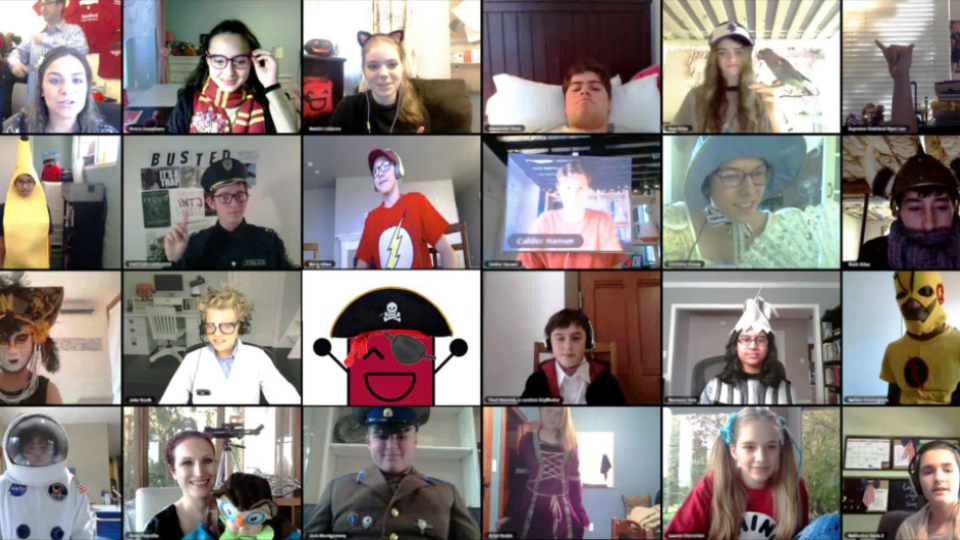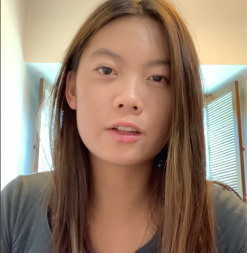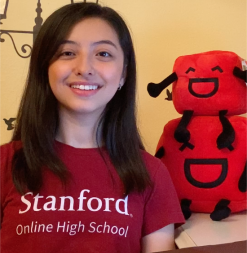Student Support Services

Counseling
Counseling sessions held online via videoconferencing can be as supportive and effective as an in-person meeting. As school counselors adhere to legal and ethical issues unique to their role, several issues must also be considered in order to best support students and to meet professional obligations when counseling students online.
Counseling Services Considerations:
Below are several topics that schools may want to consider when implementing online school counseling services:
Communication and Scheduling
What types of communications does the school counselor generally provide to students at school, and how can those continue to be made available? Typically, scheduling tools such as Calendly or others are easy to use, and counselors can set available appointment times in various lengths, such as a quick 10-minute check in, or a longer 1-hour counseling appointment.
Setting
It is important that counselors ensure they have a private space from their home or office which they can use for counseling sessions. It is also ideal for students to have privacy during online counseling sessions. The use of headphones are a good alternative if students are not able to access a private space, but they must be aware that what they say could be overheard.
Technology
While school counselors can communicate remotely with students in many different ways, such as text messaging, phone calls, or through the discussion boards on their learning management system, it is often most effective if students are provided the opportunity for web-based video conferencing calls.
Boundaries
It is important to be clear about school hours and counselor availability with students. For times when counselors are not available to respond to students, having emergency resource numbers such as suicide hotlines available on your website for 24/7 access can be very important for students or families so that they can connect to outside professional services at any time.
Emergency Protocols
Emergency protocols are essential to create before a crisis situation happens. These protocols will differ according to city, state, and national law, but most often they involve informing parents/guardians as soon as possible whenever students are at risk of harm. In situations where school counselors are unable to reach a parent or guardian and the wellbeing of a student is in question, a counselor may be able to call on local authorities to do a welfare check on such a student.
Additional Resources
Student Life and Community

Engagement Outside the Classroom
As you explore the video conferencing platforms and the online classroom, you can begin exploring ways to use these platforms for student activities.
Possible Online Student Life Activities
Clubs
Student organizations and clubs can continue to meet in an online environment. Clubs can meet over the platform selected for the online classrooms and function similar to club meetings at a brick and mortar classroom. Students gather together and engage in discussions about their club area or work together on a club project.
School Assemblies
The various platforms have special settings or accounts for groups up to 500 people. This allows for school assemblies to still occur in an online setting. Important school announcements or guest speakers can be hosted in the online video platform.
Homeroom/Advisory
School homerooms and advisories can continue to meet in the online platform. Students can all be on mic and video and engage with each other. During this time of physical separation, students enjoy a non-graded and low stress environment to connect with each other and their instructors. Topics can include school announcements, current events, games, and other discussions.
Case Study: Stanford OHS Student Life
Clubs
The Stanford Online High School Ethics Bowl Club and Debate Club meet regularly online and students engage in topic/scenario discussions and have practice debates online. Other clubs and student organizations such as Model UN, Math Modeling, and Cooking Club meet together for a more discussion-based club meeting. Individuals can all be on video together to build that community feeling and utilize the raise hand, clap, thumbs up, and thumbs down feature to engage with the conversation. In addition, the text chat pod allows students to actively engage with the speaker as they are talking. Clubs are not limited to the classroom video conferencing platforms. In addition, the Chess Club utilizes a chess website to play games with each other at a set time each week.
School Assemblies
Once a month, Stanford OHS hosts an all-school assembly that is run by Student Government. Past activities have included trivia using Kahoot, karaoke, club show & tell, costume contest, and MadLibs. The hosts are usually on camera with the attendees engaging through text chat, taking turns coming on mic, or using the engagement tools such as clapping, smiley face, and thumbs up or down.
Guest Speakers
Stanford OHS has had the honor of hosting several wonderful guest speakers using the online platform. The online platform allows for guest speakers on a wide range of topics to speak from their office or home without having to travel to the campus location. Stanford OHS has hosted poets, researchers, and many more given this flexibility. During these events, the speaker might have a 30-45 minute prepared speech on the topic, and then opens it up for questions from the students. The speaker will be the only person on camera for the first prepared portion and then students can join on camera to ask questions or ask their questions in the text chat. A Stanford Online High School representative may serve as a host and deliver the questions aloud to the speaker.
Homeroom
Stanford OHS offers students the opportunity to connect with peers and an adult within the school community in our homeroom program. These meetings happen during the regular school day at a set time each week. Homeroom can cover a wide range of topics from school announcements, student activities, or a particular theme selected by the instructor and students. These online meetings allow for students to engage with their classmates and instructor in a low pressure scenario building community and shared experiences within the online school. During homeroom, all participants are on video and engaging with each other in a conversational manner.



